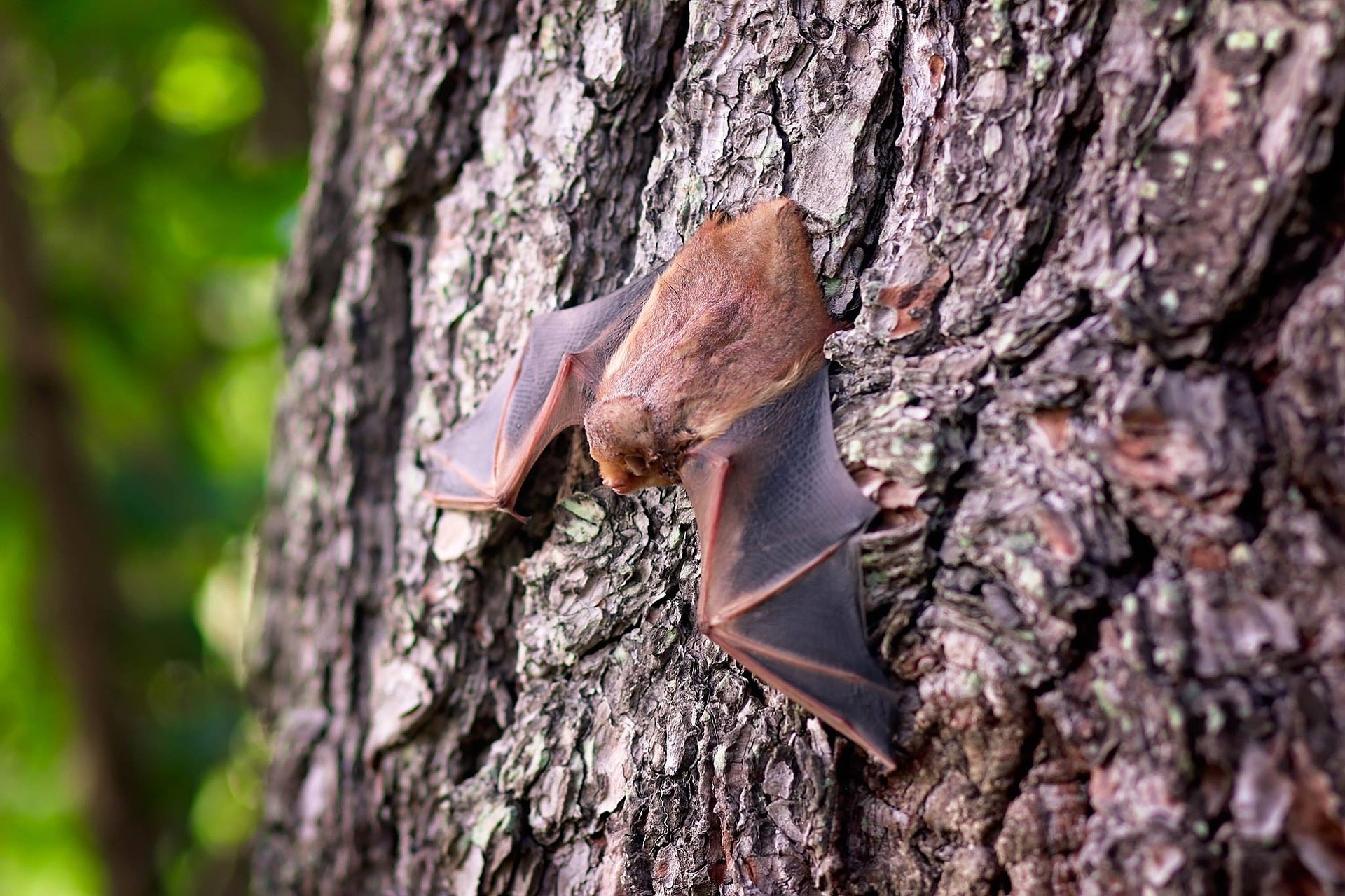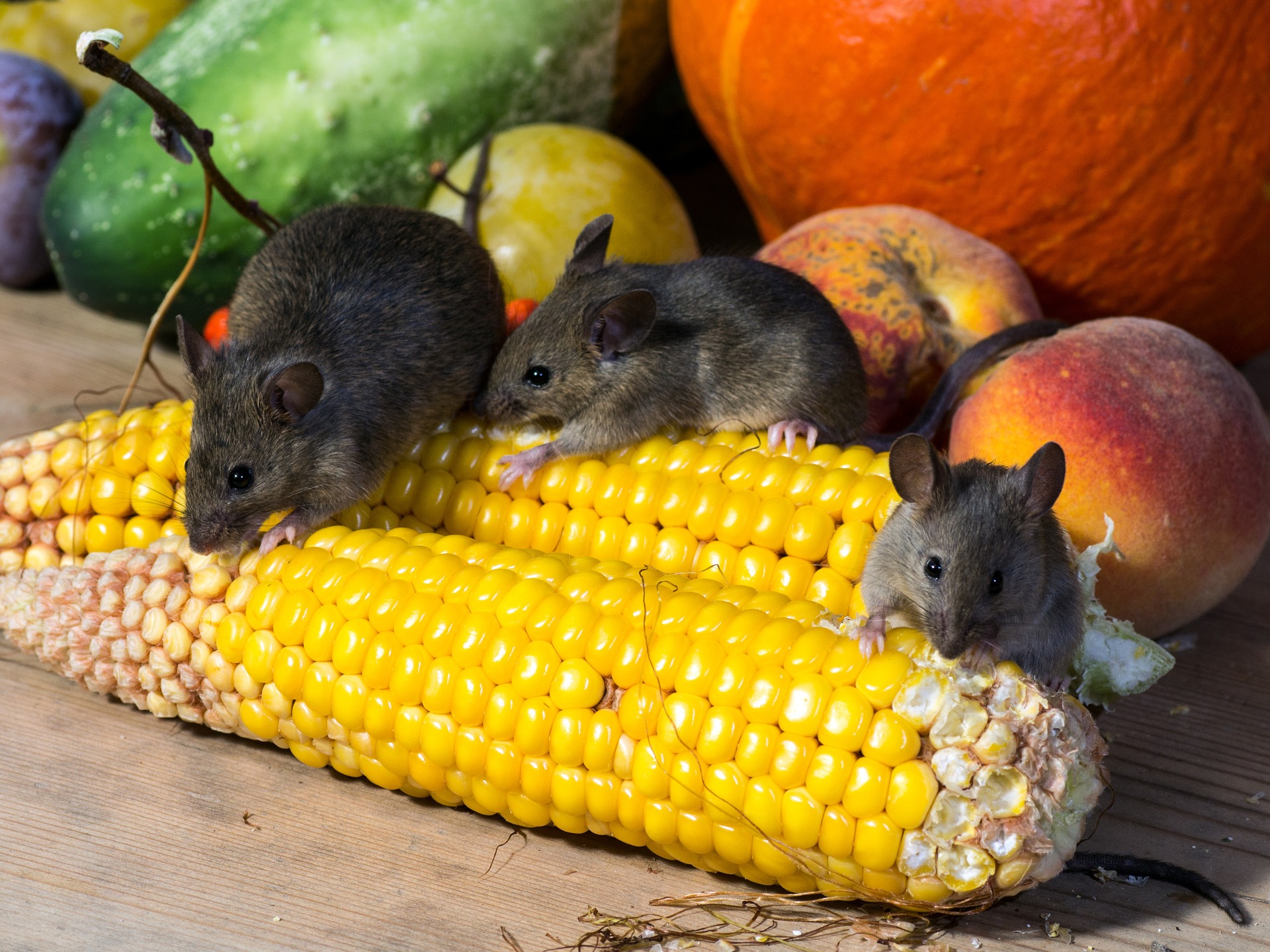Minnesota’s unwanted summer guests Part 2
Angry birds, messy mice, scary bats and things that go bump anytime—they are all summer guests you most want to UN-invite to your house. Wildlife creatures are fascinating to watch in the wild, even as close as your own back yard but that doesn’t mean you want them to move in with you. So what is the appeal of the human house? For most creatures, it is the same as for the original builders—territorial rights, food, shelter, and the adventure within. However, they are not hygienic, they make a mess everywhere, and are up at all hours of the night. So what is the homeowner to do?
The adage “be aware of your surroundings “is just as applicable here as in a discussion on safety. Know the creatures that nest in your yard. Minnesota birds that cause the most nuisance are pigeons, house sparrows, and starlings, followed by blackbirds, crows, and woodpeckers. These birds are found in cities, towns, and rural areas and have become comfortable living near people. They eat scraps of people food they find in urban areas; sparrows also find food and nesting sites in manufacturing and food processing plants; and crows and starlings like crops and livestock feed on farms. They build nests in man-made structures—the larger birds typically on roof-top air conditioning units to the smaller birds in small, enclosed places on houses such as shutters and drainage pipes. Their droppings contain disease-carrying bacteria, fungal agents and ecto-parasites and are highly corrosive to metal, stone, and masonry. Their nesting locations, materials, and droppings over time damage buildings, clog drain pipes and machines, and pose health hazards to people. They cost businesses much time and money in clean-up and maintenance.
 Too many homeowners find the intelligent house sparrow too many for their liking: they drive out native more colorful bird species and take over their feeders, baths, and houses. As if this isn’t bad enough, the nesting choices of these intrusive sparrows in appliance exhaust vents may be a fire hazard to the homeowner. The starling likewise is an aggressive neighbor to the sparrow, taking over nests of other birds, moving into cavity spaces such as attics and vents if they can’t find a tree cavity to use, and will feed in lawns and gardens. Then, there is the issue of house “attacks” ranging from pecking and drumming to flying into windows. When woodpeckers can’t find a tree, they will peck or “drum” on the handiest house, building, telephone pole or fence. They drum to communicate, to claim territory, attract mates, and search out food. The various species of birds that fly into glass windows do so for different reasons. Daytime window collisions are usually from birds flying to get to the green plants beyond the glass, to get to the reflection of the inviting outdoors, or in the spring to protect their territory from the reflection of the bird in the window. Nocturnal birds are attracted to the lights within the house.
Too many homeowners find the intelligent house sparrow too many for their liking: they drive out native more colorful bird species and take over their feeders, baths, and houses. As if this isn’t bad enough, the nesting choices of these intrusive sparrows in appliance exhaust vents may be a fire hazard to the homeowner. The starling likewise is an aggressive neighbor to the sparrow, taking over nests of other birds, moving into cavity spaces such as attics and vents if they can’t find a tree cavity to use, and will feed in lawns and gardens. Then, there is the issue of house “attacks” ranging from pecking and drumming to flying into windows. When woodpeckers can’t find a tree, they will peck or “drum” on the handiest house, building, telephone pole or fence. They drum to communicate, to claim territory, attract mates, and search out food. The various species of birds that fly into glass windows do so for different reasons. Daytime window collisions are usually from birds flying to get to the green plants beyond the glass, to get to the reflection of the inviting outdoors, or in the spring to protect their territory from the reflection of the bird in the window. Nocturnal birds are attracted to the lights within the house.
Thankfully, there is help for anyone experiencing these annoying problems. The first and immediate step to take is to fill any points of entry to your house. Sparrows can fit into holes about two centimeters in diameter so it is important to treat and seal wood siding with caulk, then reduce food and roosting sources in your yard and garden. Clean and clear your yard of left-over pet food, trash, and animal droppings. Remember to protect yourself by using gloves and mask when you clean up animal feces. Consider what species of birds you want to encourage to visit your yard and the behavior of these predatory nuisance birds. Some websites suggest clearing your yard of all bird houses, feeders, and baths to discourage the aggressive ones from coming close to your house. Many websites suggest DIY tactics for birds in general and strategies for woodpeckers specifically. Note that not all strategies or products work for all bird species. Also, some birds are important to our landscape and the environment and merit consideration in the steps you take, and if you do have problems with birds flying into your windows, you might want to try some of the ideas at allaboutbirds.org to make your windows safer. If your property resembles the set of the Hitchcock movie The Birds, you might want to investigate professional help in managing the wildlife that comes to your home.
Fortunately, not all birds are angry but all mice are messy. The most commonly reported problems with mice include raiding the pantry and gnawing on electrical wires and wood. How do people know they are in the house? The tell-tale signs are mice droppings, nests in storage boxes, the pitter-patter of little feet in the attic or scratching sounds in the walls, and electrical wire or wood damage. Setting mouse traps might result with catching a few mice but the best ways to discourage their stay with you is to plug all points of entry on the outside of your home, secure food in rodent-proof containers, and keep your house clean. Really clean. Mice are smart and dexterous and fearless. To reduce your local mouse population you might consider getting a cat but most likely, you will need to use more than one method of removal. To learn more about mice and professional mouse removal go here.
Not all nuisance animals are bad and not all of them seek shelter in people’s houses. One such animal is the bat. Of the seven species that live in Minnesota, only two will roost in people’s houses but, generally, bats prefer caves, hollow trees to roost, and buildings. They are gentle creatures that benefit people by consuming tons of insects each year. To prevent bats from entering your home, inspect for exterior openings and plug anything about the size of a dime (three-eighths of an inch). Repair any holes in interior walls and ceilings. Seal doors to attics and basements with draft guards. If you have found bats in your home, learn more about management strategies to eliminate multiple entries and exits and help them find their way out—permanently. Cleaning needs to be done with more than soap and water. Bats themselves are not dirty creatures but parasites do live on them and are present in their feces. Inhaling the fungal spores in the bat droppings may cause serious respiratory problems so cleaning the room where bats lived must be done with caution. Learn more about DIY bat clean-up and what you need to know about pest control operators to do the job.
Nuisance animals come in all shapes and sizes. Don’t just un-invite them; learn about them and how you may live happily with the wildlife in your backyard.
Credit: domeckopol@pixabay
cparks@pixabay

